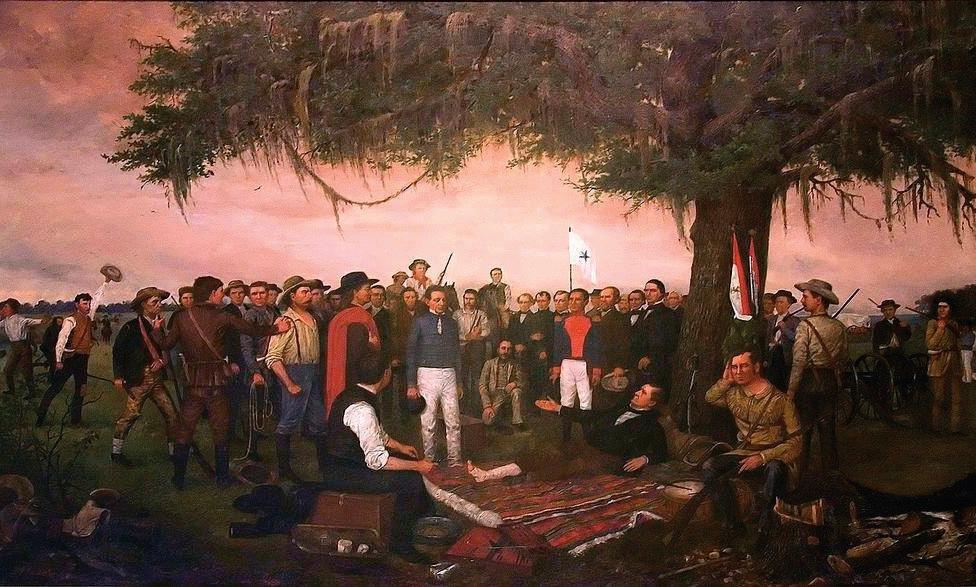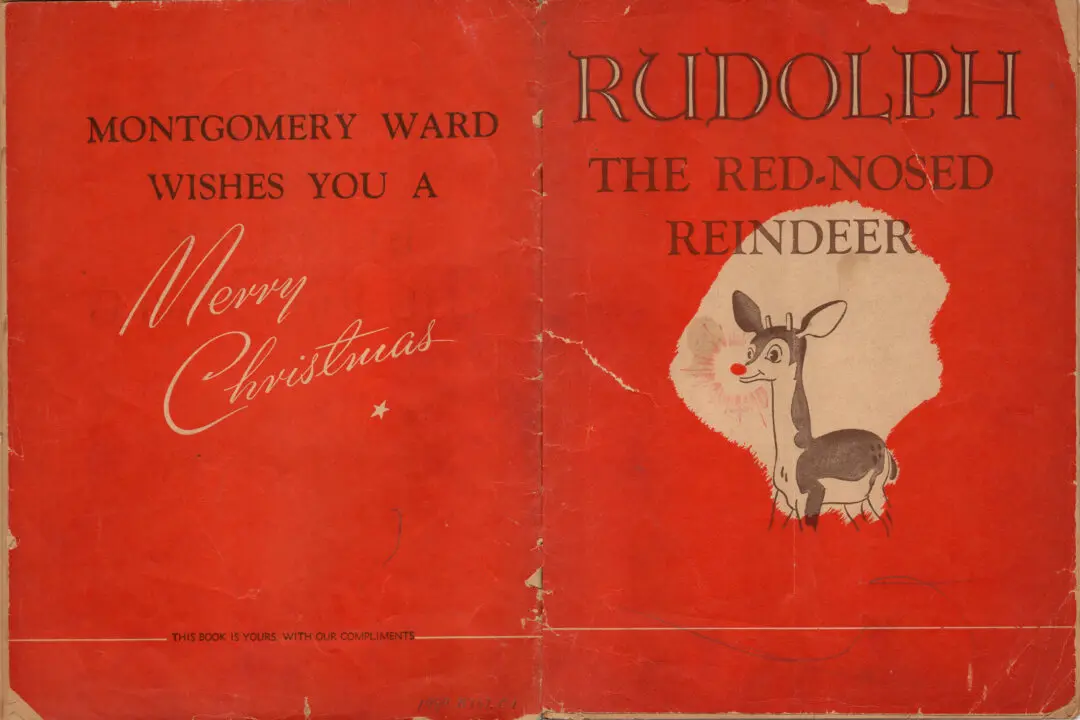In “What’s Wrong With the World,” G.K. Chesterton wrote, “If a thing is worth doing, it is worth doing badly.”
Here and elsewhere, Chesterton defends the amateur against the professional, what he called the “generalist” against the specialist. “Amateur” derives from the Latin “amare,” “to love,” and applies to anyone who performs a task or engages in an art, sport, or hobby out of love and not money. We run our fingers up and down a keyboard, we dig in the dirt and care for our beloved garden, we play golf or tennis for fun and exercise, or we scratch out some verse every morning before the rest of the household rises. We give ourselves to these things because they please us, not because we are particularly good at them.






